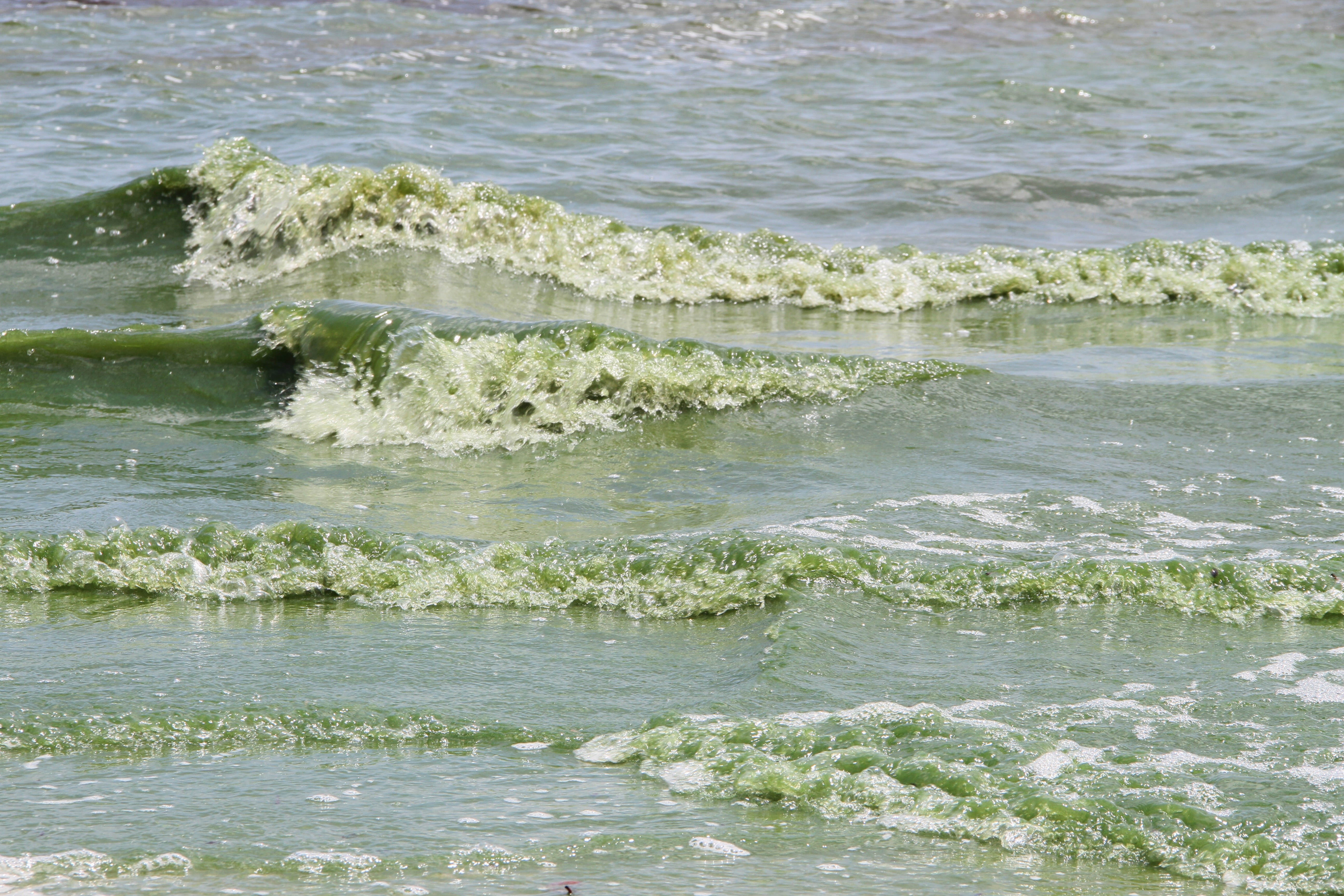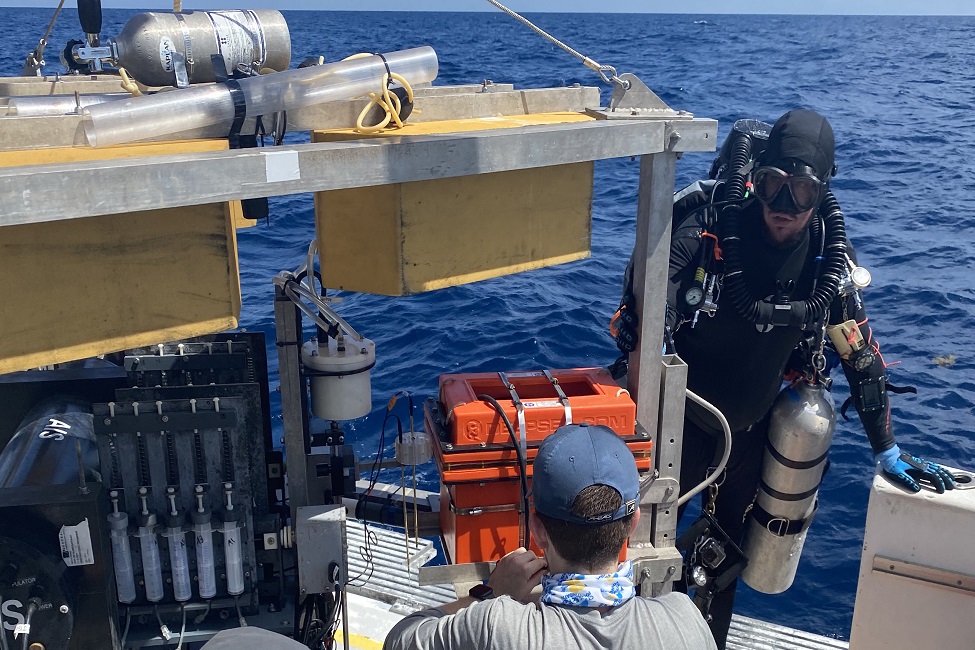Current methods to monitor red tide are limited. Using AUTOHOLO, a new autonomous, submersible, 3D holographic microscope and imaging system, a study is the first to characterize red tide in the field and breaks new ground for monitoring harmful algal blooms.
Tag: Red Tide
FAU Seeks Participants for Study on Health Effects of Harmful Algal Blooms
With another grant from the Florida Department of Health, FAU researchers will continue a first-of-its-kind evaluation of both the short-term and potential long-term health effects of harmful algal blooms among Florida residents.
Water Quality Woes in Southwest Florida Linked to Seeping Septic Systems
From fecal bacteria to blue-green algae to red tides, Southwest Florida’s water quality has declined as its population has increased. Multiple lines of evidence from a multi-year microbial source tracking study points to septic systems as a contributing source for this decline. The study is one of few to connect downstream harmful algal blooms with nutrient loading from upstream septic systems. These water quality issues are caused by aging septic systems installed in high densities in areas with shallow water tables. Septic systems may actually be sitting in groundwater during certain times of the year, which means that they cannot function properly.
New Report Lays Out a Strategic Approach to Red Tide Communications
For the first time, researchers have developed a communication model to provide a variety of Florida’s agencies with a statewide strategic infrastructure. The model also includes recommendations on how to streamline the process of providing red tide information to users in varying formats.
Red Tide Respiratory Forecast is Now Operational
The Red Tide Respiratory Forecast developed by the National Oceanic and Atmospheric Administration’s National Centers for Coastal Ocean Science (NOAA-NCCOS) in partnership with the Gulf of Mexico Coastal Ocean Observing System (GCOOS), the state of Florida and others, is now fully supported and available to the public.

FAU Receives Florida Department of Health Grant to Study Health Effects of Harmful Algal Blooms
Despite many occurrences of red tide and blue green algae in Florida waters, the understanding of the health effects of exposure to these blooms is limited. Researchers will evaluate short- and long-term health effects of exposure to harmful algal blooms (HABS) in Florida to capture key areas of human exposure and a wide demographic population profile. They also will evaluate the potential effect of exposure to COVID-19 on susceptibility to HABs and health outcomes in this study population.

Gulf of Mexico Mission: ‘Ocean Blue Holes Are Not Created Equal’
Scientists recently got a unique glimpse into the “Green Banana” Blue Hole thanks to gutsy divers and a 500-pound autonomous, benthic lander. Together with hand-picked, elite scuba divers, the research team is unraveling the structure and behavior of these marine environments by examining geochemistry, hydrodynamics, and biology. Findings from this exploration also may have important implications for phytoplankton in the Gulf of Mexico, including blooms of the Florida Red-tide species Karenia brevis.
FSU experts available to comment on geochemical effects of Saharan dust cloud
By: Bill Wellock | Published: July 1, 2020 | 1:25 pm | SHARE: More dust from the Sahara Desert is forecast to come to the United States this week. The massive dust plume known as the Saharan Air Layer has a myriad of effects on air quality, fertilizing ecosystems and more.Florida State University has experts available to comment on some of the surprising features related to the meteorological phenomenon.
New Studies to Uncover the Costs of Florida’s Red Tide
GCOOS and NOAA’s National Centers for Coastal Ocean Science (NCCOS) are funding two new studies designed to uncover the full costs of harmful algal blooms (HABs) across numerous sectors — from tourism and seafood to industries where impacts are less visible, such as healthcare and construction.
Volunteers and Deep Computer Learning Help Expand Red Tide Warning Systems
A new study published in the peer-review journal PLoS ONE shows that citizen science volunteers using a relatively low-cost tool can help increase the size and accuracy of a red tide monitoring network to better protect public health from the impacts of toxic algae in the Gulf of Mexico.